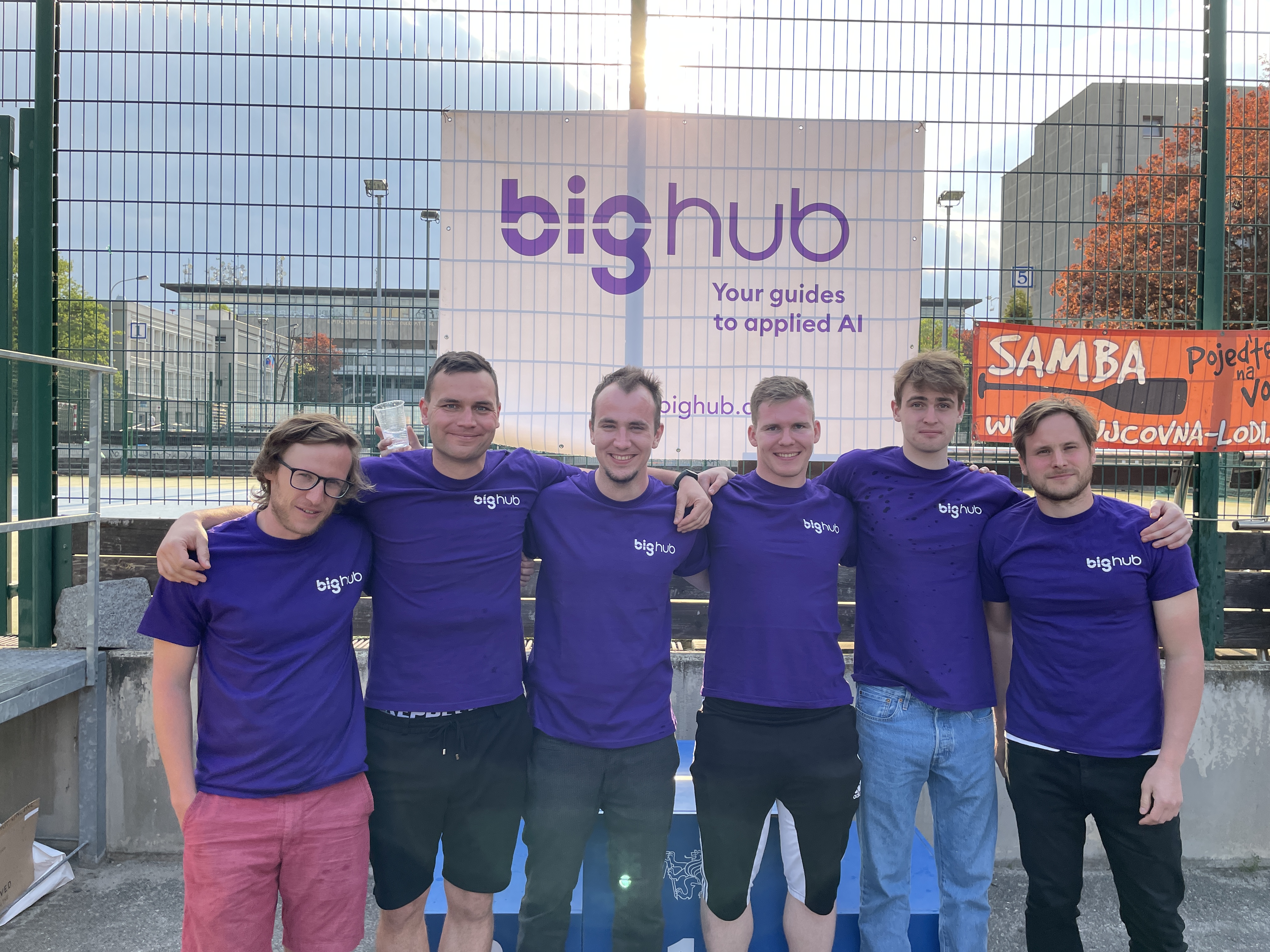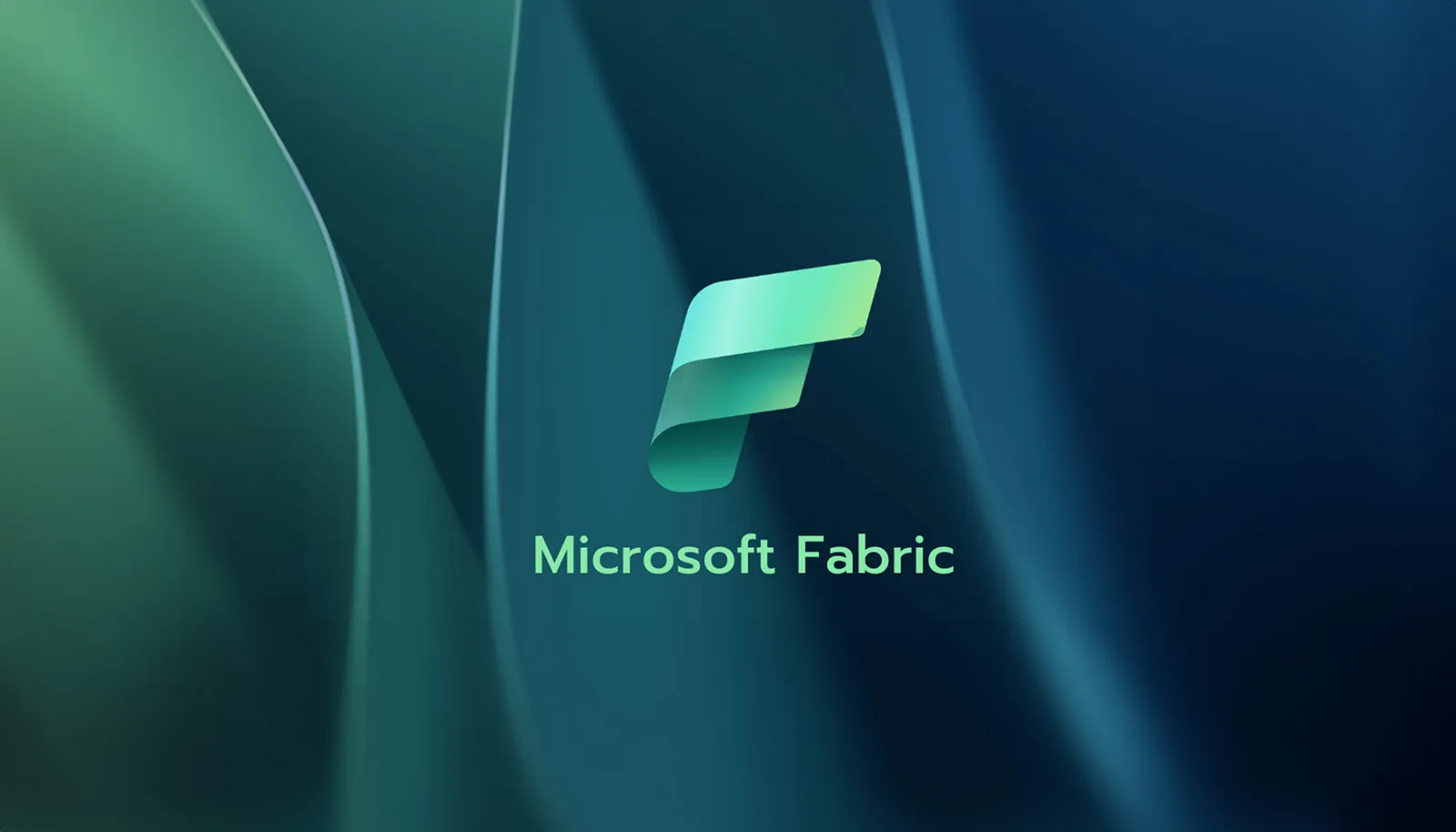Pushing Boundaries with Generative AI
Artificial intelligence has always been in our DNA. Long before ChatGPT made headlines, we were using early GPT models for tasks like analyzing customer reviews. But the new wave of generative models has fundamentally changed what's possible. To keep up with — and get ahead of — this rapidly evolving space, we launched an internal initiative: BigHack, a hands-on hackathon focused on generative AI and its real-world applications.
We didn’t want to experiment in a vacuum. Instead, we chose real client challenges, making sure our teams were tackling scenarios that reflect the current business environment. The goal? Accelerate learning, build practical experience, and surface innovative AI-powered solutions for tangible problems.
Secure and Scalable: Choosing the Right Platform
One key consideration was how to work with these models in a secure and scalable way. While OpenAI’s public services have sparked mainstream adoption, they come with serious concerns around data privacy and usage. Many corporations have responded by banning them entirely.
That’s why we opted for Microsoft’s Azure OpenAI Service. It allows us to leverage the same powerful models while ensuring enterprise-grade data governance. With Azure, all data remains within the client’s control and is not used for model training. Plus, setting up the infrastructure was faster than ever — minutes instead of days compared to older on-prem solutions.
From Ideas to Prototypes: Two Real Projects
We selected two project ideas from a larger pool of discussions and got to work. With full team involvement and the power of the cloud, we built two working prototypes that could easily transition into production.
1. “Ask Your Data” App
This application enables business users to query analytical data using natural language, removing the dependency on data analysts for routine questions like:
- “What’s our churn rate?”
- “Where can we cut IT costs?”
By connecting directly to existing data sources, the app delivers answers in seconds, democratizing access to insights.
2. Intelligent Internal Knowledge Access
Our second prototype tackled unstructured internal documentation — especially regulatory and policy content. We built a system that allows employees to ask free-form questions and get accurate responses from dense, often chaotic documentation.
This solution is built on two key pillars:
- Automated Reporting: Eliminates the need for complex dashboard setups by using AI to interpret well-governed data and generate reports based on simple queries.
- Regulatory Q&A: Helps users instantly find information buried in hundreds of pages of internal compliance or legal documents.
Conclusion
Our first BigHack proved what we suspected: Generative AI is not just a buzzword — it’s a practical, transformative tool for solving real business challenges. It can make data accessible to everyone, automate complex tasks, and navigate large bodies of information with ease. But just like any tool, its effectiveness depends on two things: good data and clear business context. Generative AI is here to stay, and we’re just getting started. Stay tuned.




.jpeg)



.avif)